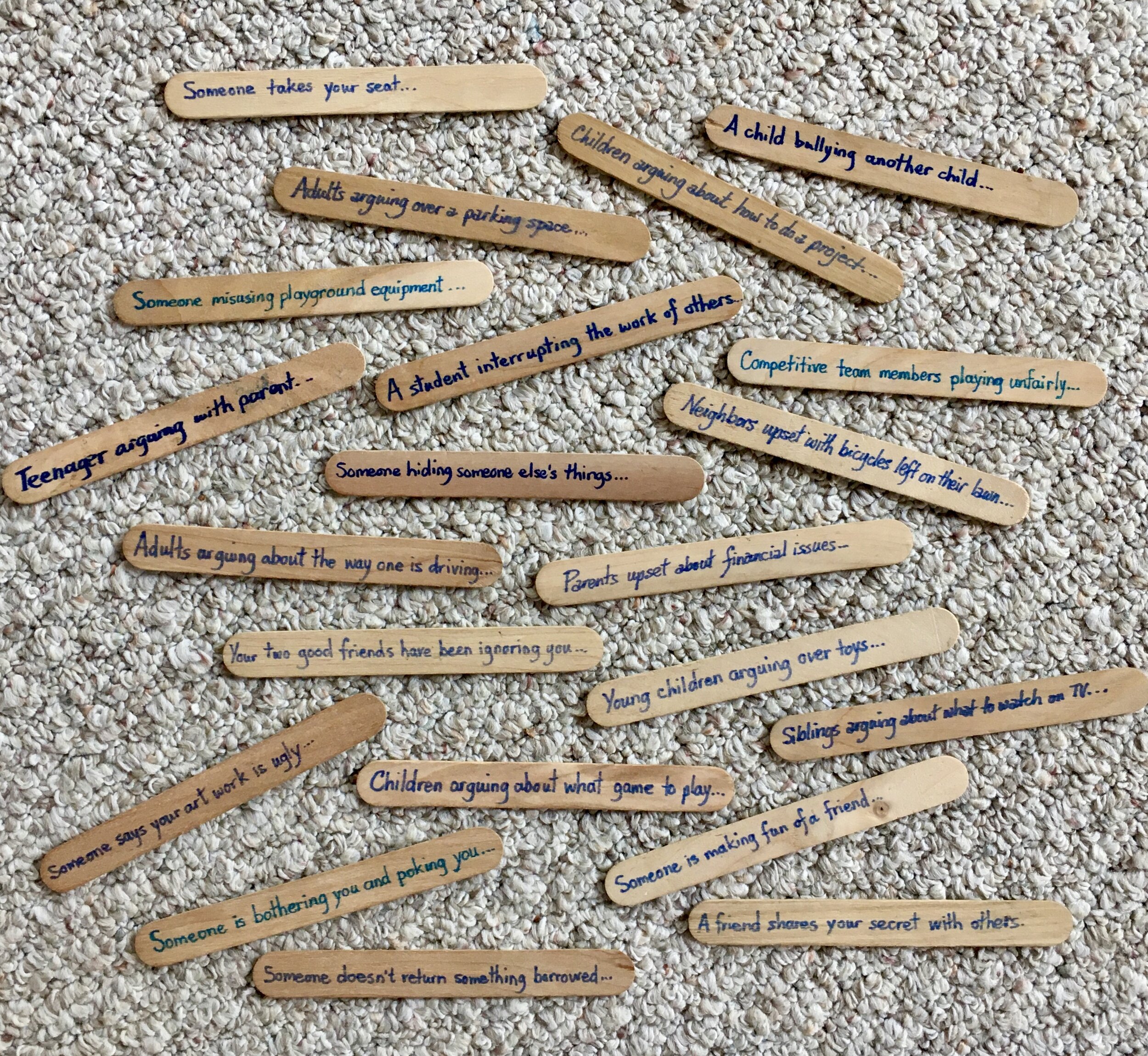26 Days of Cultivating A Benevolent Community
While we look forward to our cities “opening up”, how might we incorporate what we have learned to appreciate over the past few months, into our day-to-day lives … nurturing compassionate relationships, prioritizing our values, and acknowledging gratitudes. Habits have been altered as we practice safe measures for care of others, visibly by wearing masks.
We have an opportunity to change our “invisible habits”, leading our lives with empathy, balance, reflection, kindness, and trust. I have 21 others, key words to guide us day-by-day. “Bit-by-Bit”, one act to practice or witness each day and share with others.
Beginning June 1st, join me in 26 days of cultivating A Benevolent Community. Daily, I’ll be posting a letter with some key words to use as an anchor for the day. Share with others, how you practice or how you witness this in action.
Contact me: pathways2tlc@gmail.com to set up a workshop.
Connect with Facebook: @tlcpathways
Instagram: maryse_tlcpathways or LinkedIn: Maryse L Postlewaite














